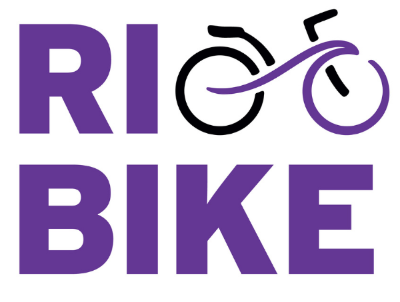GENE RUSSIANOFF
In killing congestion pricing, Sheldon Silver, the Assembly speaker, acknowledged that the M.T.A. capital plan is “severely underfunded” and that the shortfall “has to be the first area of concern.” Now we need other sources of funding or increases in the corporate, real estate and gasoline taxes that finance the authority.
The state should now conduct a detailed environmental review of all options for reducing traffic. Many legislators who opposed congestion pricing expressed concern that Mayor Michael Bloomberg’s plan had been given only a truncated environmental review, when a full study under the State Environmental Quality Review Act was called for. There’s time now for a full study of all traffic-reducing options, from congestion pricing to restrictions on driving days based on license plate numbers to mandated car pooling. Such a review could give all the interested parties — including our next mayor — a better sense of what’s possible.
The Legislature should also give New York City the tools it needs to make buses go faster. Manhattan has the slowest buses in America; it takes more time to take the M15 from Harlem to City Hall than to travel by Amtrak from New York to Philadelphia. It doesn’t have to be this way. Other cities have demonstrated that buses go faster when more dedicated bus lanes are provided, when cameras mounted on buses are used to issue tickets to keep cars out of bus lanes and when traffic signals are designed to give buses priority.
Finally, the state should authorize the city to issue residential parking permits. A study in 2007 by the advocacy group Transportation Alternatives showed that 45 percent of traffic in Park Slope, Brooklyn, consists of cars cruising for parking spots. Residential parking permits would discourage commuters from using neighborhood streets as a parking lot.
Even without help from the state, New York City could fight traffic by making a stronger effort to cut down on special parking permits for public employees and others. An incredible 142,000 of these dashboard placards are now in circulation. Mayor Bloomberg has promised to reduce the number by 20 percent. If he’s successful, that could reduce daily driving to work by as many as 28,000 cars — more than a third of the number that congestion pricing was meant to eliminate.
And that doesn’t account for the unknown numbers of drivers who use fake placards. Janette Sadik-Khan, the city transportation commissioner, who is already trying to crack down on phony permits, should give traffic agents electronic devices that can distinguish forged permits from real ones and register when real permits are being used improperly.
The city should also increase the price of metered parking on Manhattan streets to encourage turnover of parking spots. The added revenue could pay for neighborhood traffic improvements that make streets safer for pedestrians and bicycle riders. The use of Muni-Meter parking permit machines, which charge higher hourly rates than coin meters do, should be expanded to crowded districts outside Manhattan.
New York has just had a high-volume debate on how to improve traffic and transit, and the message that came out of it is crystal clear: To get people moving faster and more comfortably in cars, buses and subways, the city and the state must work better together.
